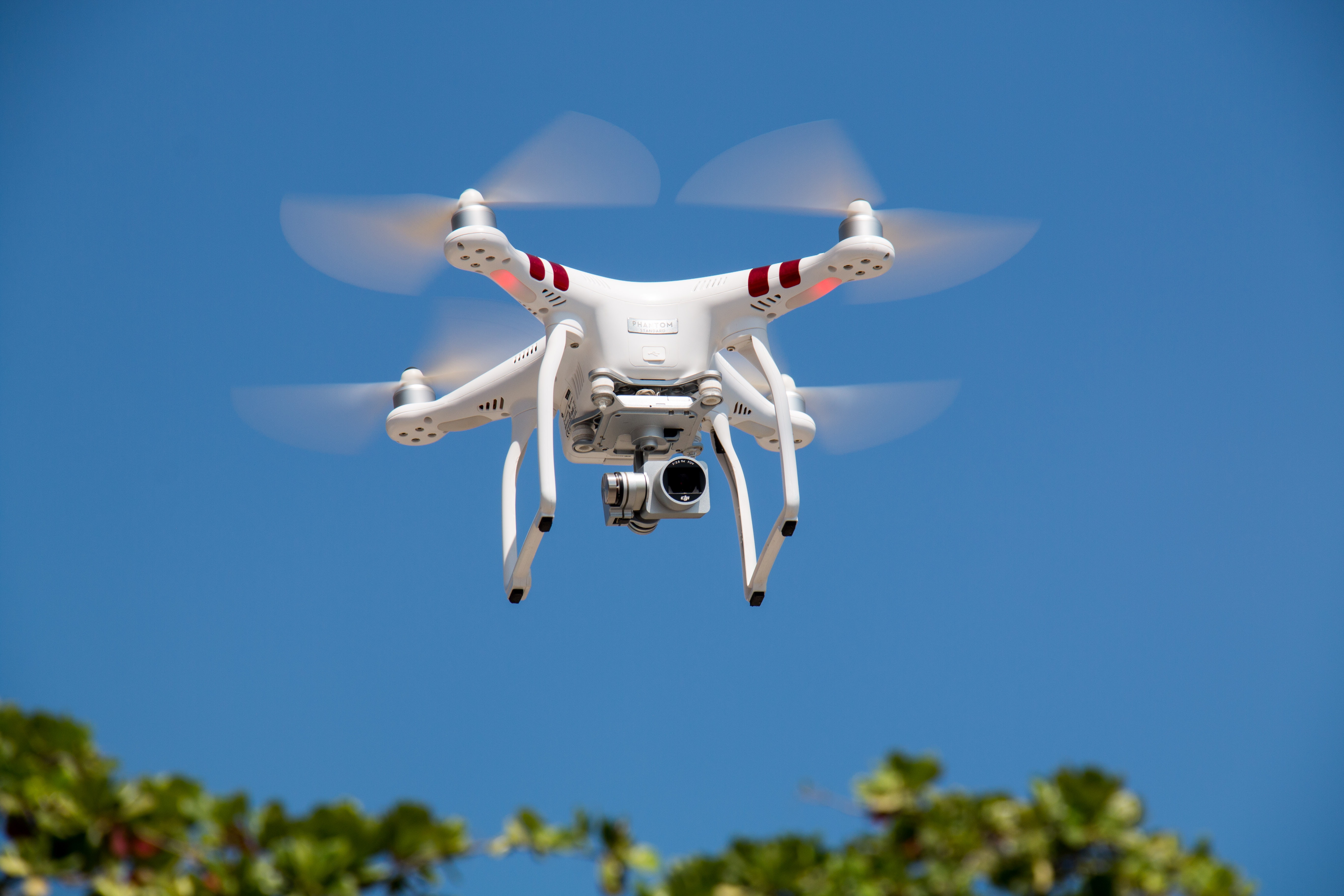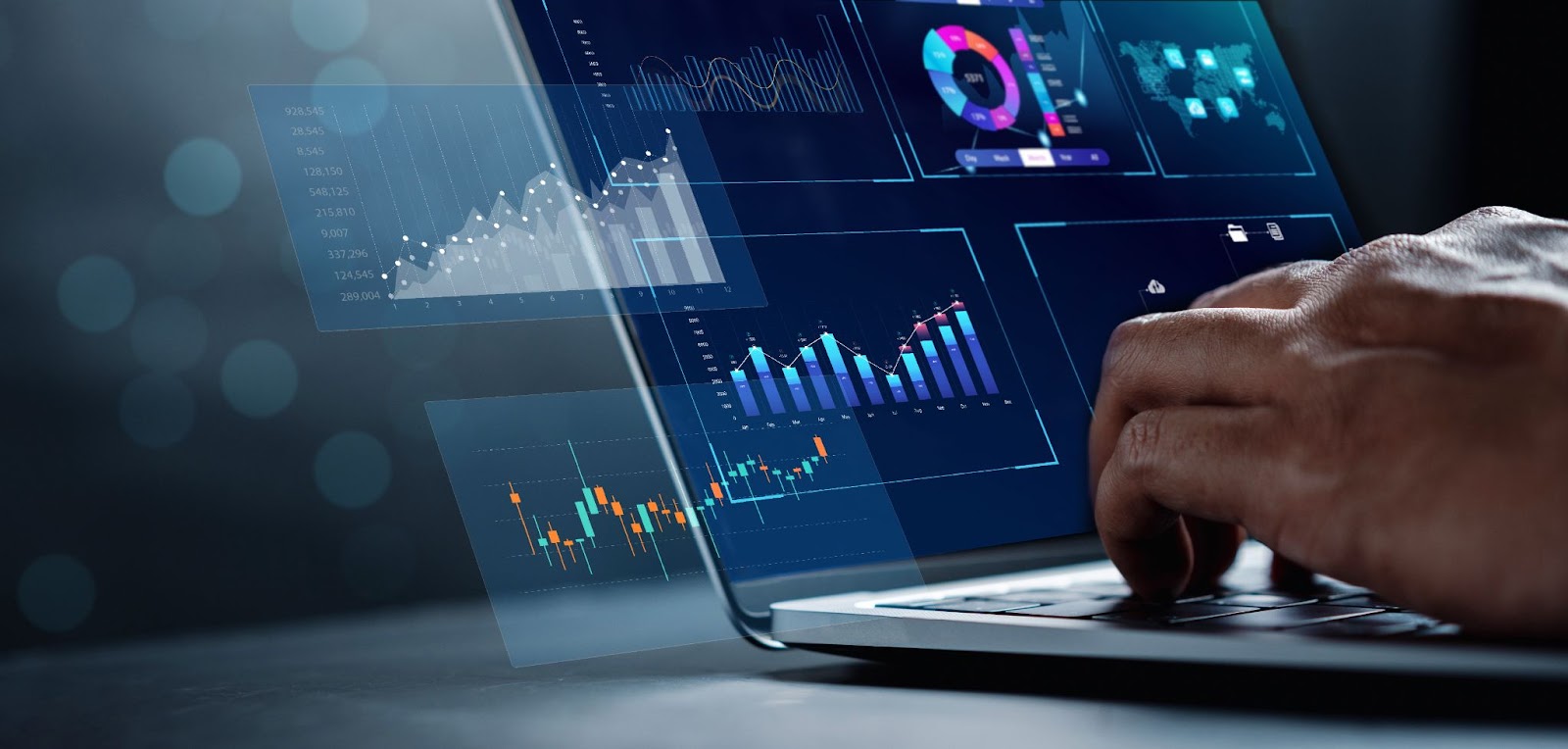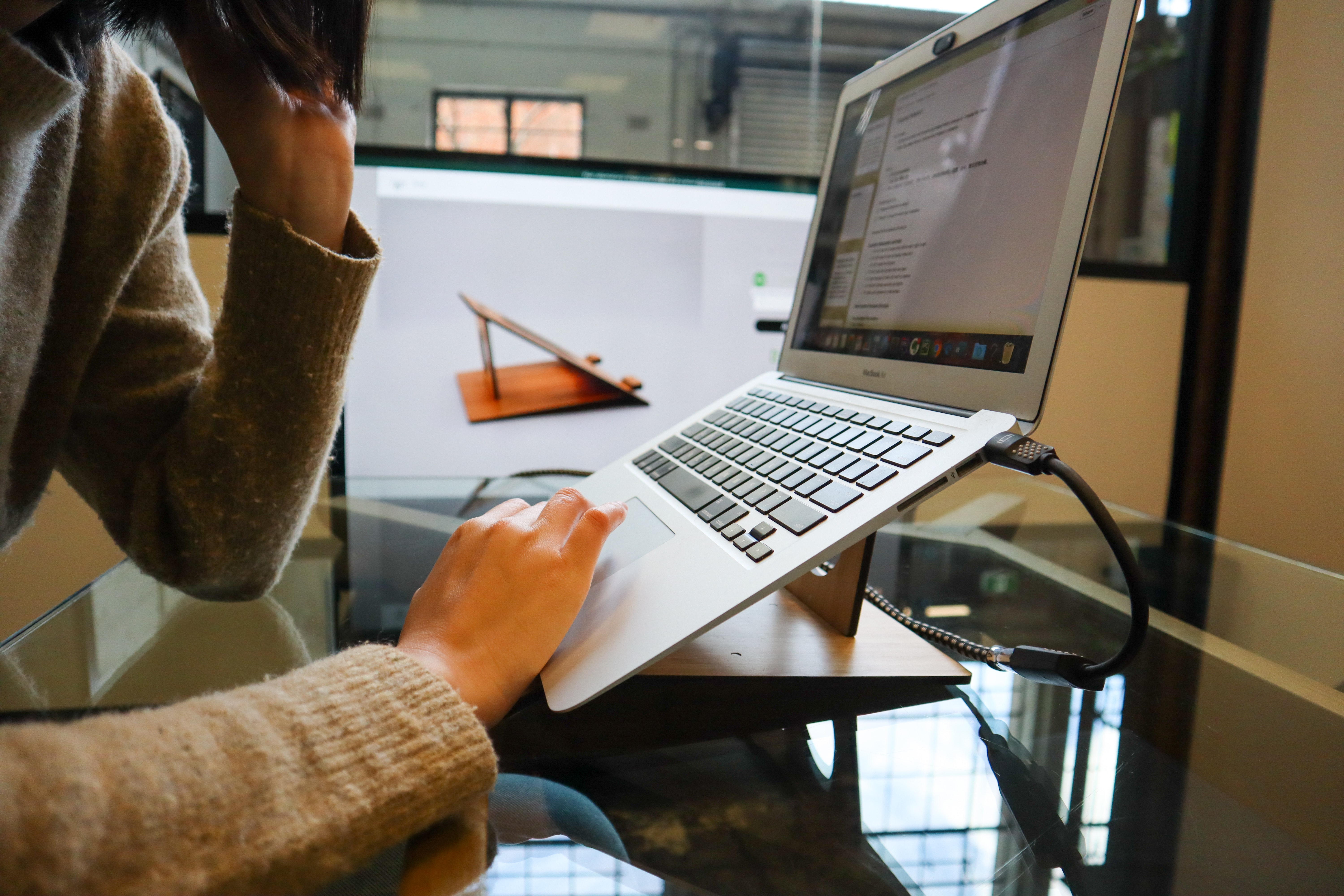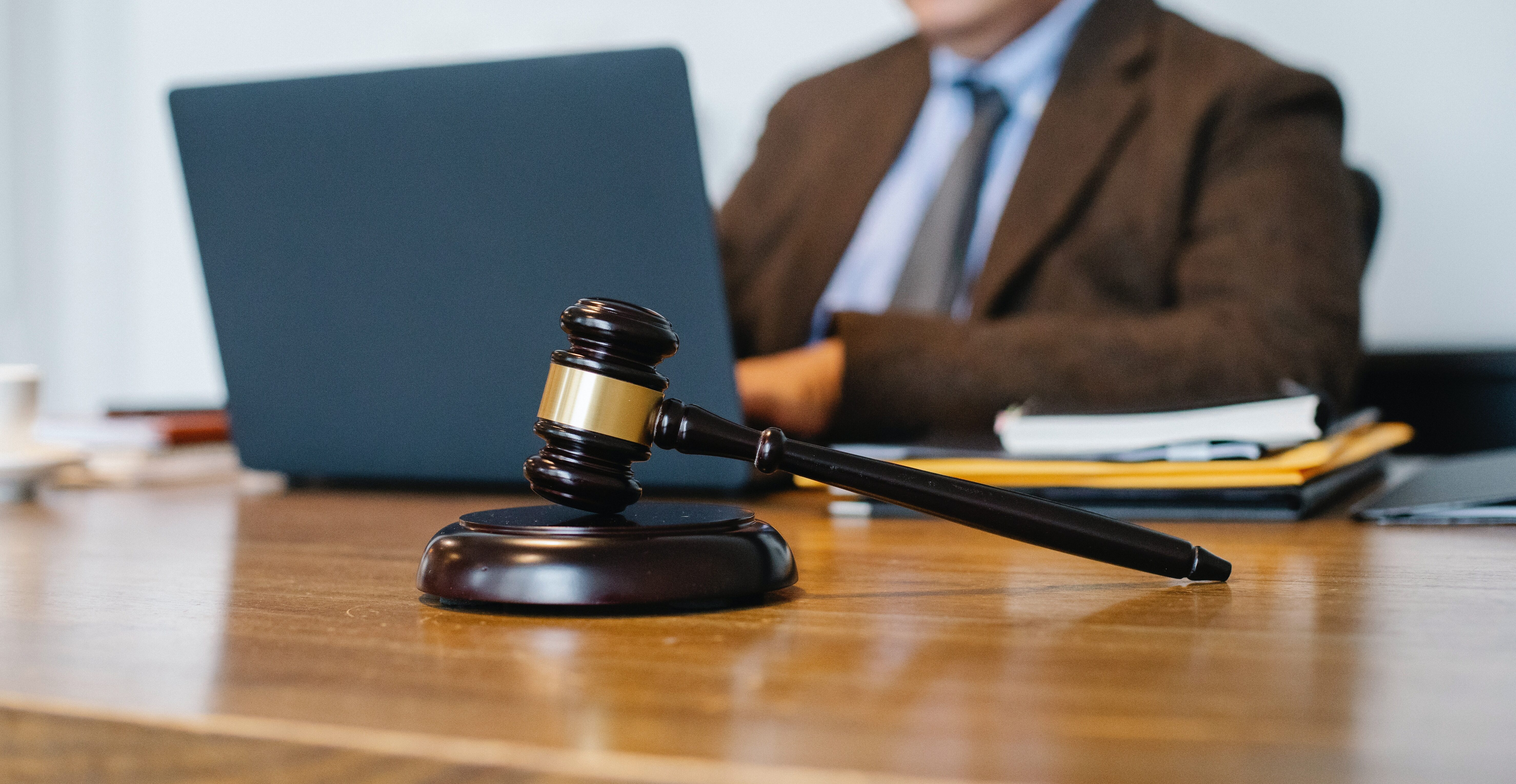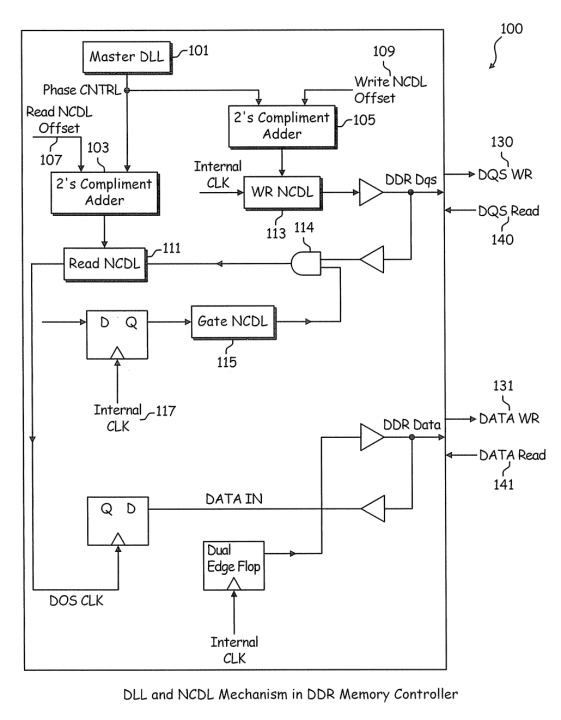In a time where human-interactions are becoming digital, the popularity of online shopping is a natural development. This trend has heightened competition among companies that offer eCommerce. In order to gain an edge, many companies are trying to answer: how do we increase the speed and accuracy of our deliveries? And drones may be just the answer. The implementation of drones to a company’s delivery process can potentially increase sorting accuracy and decrease delivery time. Given that the grants for such technology have been on the rise since 2016 (see chart below), this may be an indicator that companies are incorporating drones into their delivery strategy.
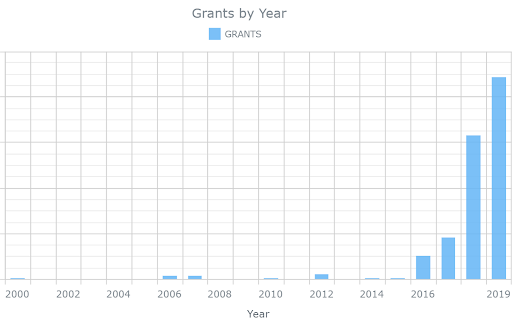
Source: ktMINE Advanced Patent Search. Searched keywords: drone, delivery
Real-Life Applications
Recently, both Flight Forward, a subsidiary of United Parcel Service, and Wing Aviation, a Google subsidiary, were approved for airline drone use. Though Flight Forward is limited to hospital campuses, its operations are authorized nationwide. In contrast, Wing Aviation’s drone operation is currently limited to a small part of Virginia. Further, Wing Aviation is cooperating with Walgreens and FedEx to test its “plans to get small orders in customers’ hands within minutes of ordering.”
UberEats has also been approved for drone operation in San Diego, California. However, Uber’s delivery system differs from the general expectation of a drone delivering directly to your doorstep. Uber’s latest drone-related patent application utilizes drones in a more supportive role in the delivery process. Instead of carrying out the delivery from start to finish, Uber’s drones are described as transporting orders to nearby landing pads for a delivery person to then carry the rest of the way. These landing pads can be either stationary or mobile (e.g. on the car of a delivery driver). According to the application, the stationary landing pads may even include an interactive face for recipients to receive their orders directly from the drone (though this is not currently in testing).
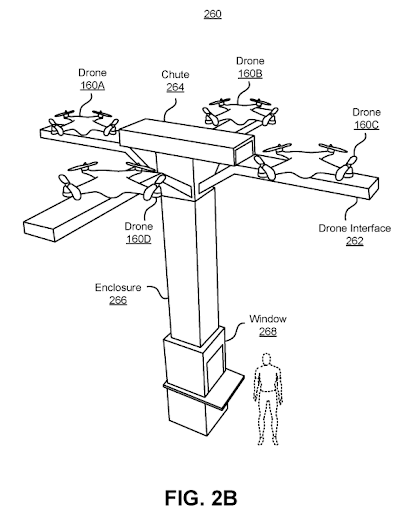
US2019108472A1 – Illustration of a stationary landing area for delivery drones. “Chute 264 may receive and provide items from the drones. The interface may transport items from the chute to the window via the enclosure.” Source: ktMINE Patent Application
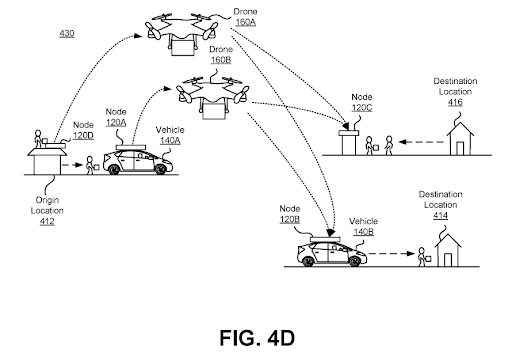
US2019108472A1 – The potential locations of the landing pads along the delivery paths of a drone. Source: ktMINE Patent Application
Future of Drones
Some patents regarding drones are more theoretical, discussing advanced capabilities beyond simple delivery. One common problem recipients face is the vulnerability of a delivery being left unattended for an extended period of time. Patent US10402774B1 (displayed below) poses a solution with drones capable of retrieving and/or protecting deliveries when a certain level of threat is perceived. The determination of a threat is based on data collected from various sources such as third-party devices (e.g. a news source), and sensors placed around the delivery. This data is then processed and interpreted by an intelligence platform, and when the threat levels surpass a given threshold, the platform communicates to the drone on how to respond.
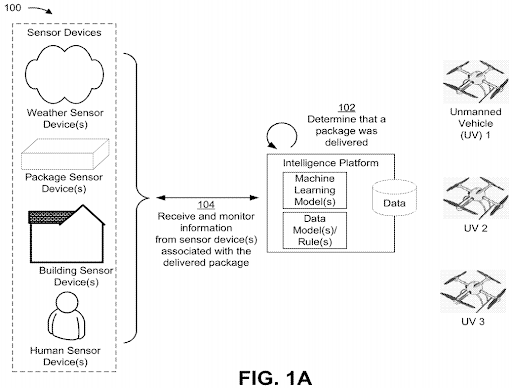
US10402774B1 – Layout of the process behind determining whether a drone retrieves/protects a patent. Source: ktMINE Patent Application
The sensors pick-up various current and potential internal and external conditions of the package. For example, a threat may be determined if sensors pick up increased heart rate, breathing, and blood pressure of a nearby human (not necessarily the recipient or representative) approaching the package. Coupled with third-party crime reports in the vicinity, the intelligence platform may decide to send out a drone to retrieve or protect the package. A drone may protect the package by relocating it, deploying an umbrella for weather protection, dowsing water on a nearby fire, contacting first responders, or recording video and audio data. Some retrieving actions consist of physically moving the package to the recipient, a local delivery service, the location of the sender, or a specified alternative location.
Another advanced idea is to enable a drone’s durability for longer flights. One method for accomplishing this is flight autonomy. Patent US10399400B2 introduces the idea of a drone capable of using sunlight energy to power the electrolysis of water into hydrogen gas, which it would compress and store. The drone could then fill its internal, inflatable envelope with the amount of hydrogen needed to make the craft “lighter-than-air,” thus allowing it to float (reference the image below of drone above water). The drone would also be capable of traveling on top of and underwater.
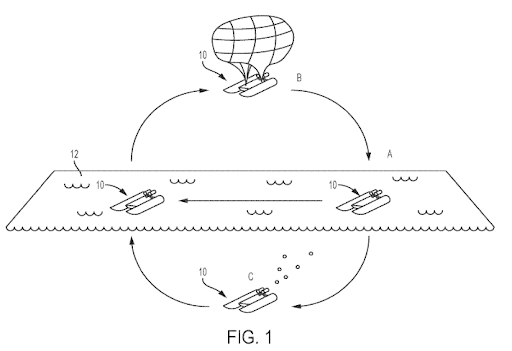
US10399400B2 – Illustration of a drone traveling in both the air and water. Source: ktMINE Patent Application
Should Drones Take Flight or Crash?
Given that drones are currently being tested in places like San Diego, California; Blacksburg and Christiansburg, Virginia; as well as hospital campuses nationwide, witnessing drone deliveries is getting closer to becoming an ordinary phenomenon. This evolution of drones into our personal lives, like most technology, is a source of division. Some fear that increased drone usage will result in a decreased need for manual labor, though Amazon has tried to dispel such worries. Also of concern is privacy. For instance, as highlighted in patent ‘774, for the drone to retrieve or protect a package, the recipient would have to share personal information in order for the drone to detect certain threats. On the positive side, utilizing drones for delivery would save on carbon emissions, decrease wait time, decrease the costs of nearby deliveries, and even allow restaurants to expand their territory of delivery. If the evolution of technology to date is telling of anything, the convenience of drone delivery will likely outweigh any potential downsides.
